Special Issue on Nuclear Medicine
Journal Name: Chemical Biology Letters
Editor(s): Dr. Anil K. Mishra, Scientist G
Nuclear Medicine, a medical specialty involving the application of radioactive substances in the diagnosis and treatment of disease have been highly successful in diagnosis of difficult to detect diseases and therapy of various dreaded diseases. Recently, there have been a tremendous research progress in development of newer methods, conjugates and pharmaceuticals for diagnosis and therapy using radioactive materials.
The purpose of this special issue proposal is to summarize the recent advances in the field of new potential molecular targets/mechanism of actions, new radioconjugates development, clinical evaluation and application of new radiopharmaceuticals, and new techniques/therapy development. Recent progress will be covered through research articles, review articles and short communications.
The subtopics to be covered in this issue are (though not limited to):
– Chemistry of new radioactive elements.
– Organic chemistry of radiopharmaceuticals, chelating agents and standalone radiopharmaceuticals.
– Progress in SPECT.
– Progress in Positron Emission Tomography (PET).
– Application of nanoscience and nanotechnology to Nuclear Medicine.
– Identification of new therapeutic targets.
– Treatment advances of various diseases – cancer, infections, inflammations etc using radiopharmaceuticals.
– Clinical studies and evaluation of radiopharmaceuticals.
– Malarial/mycobacterial/microbial/viral diagnosis and therapy including biochemical aspects.
– Therapeutic and diagnostic applications.
– New therapeutic policies and emerging targets for Nuclear Medicine.
– New approaches adopted for the development of new radiodiagnostic and radiotherapeutic molecules.
– Rational design and drug discovery-Structure-activity relationship (SAR).
– Synthetic strategies of new radioactive conjugate molecules.
– Molecular self-assembly as drug delivery carriers of radiopharmaceuticals – Nanotechnology and Biotechnology.
– Environmental aspects, safety measures advances in nuclear medicine.
Provisional Schedule:
Final manuscripts due: Dec 15, 2017
Editors:

Dr. Anil Kumar Mishra
Scientist ‘G’
Add Director, Institute of Nuclear Medicine and Allied Science,
DRDO, Timarpur, Delhi. India
Nuclear Medicine researchers are invited to submit their research / review article for this special issue. Manuscript should be prepared and submitted as per author guidelines provided on journal site.
Important Links:
Author Guidelines for preparation of manuscript: http://pubs.iscience.in/journal/index.php/cbl/about/submissions
Manuscript template (download): Download template MS word 2007-2010, Citation manager style files and other details are provided in author guidelines section on journal site.
Manuscript Submission: http://pubs.iscience.in/journal/index.php/cbl/about/submissions
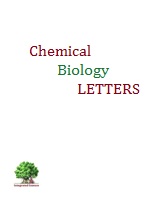 Chemical Biology Letters
Chemical Biology Letters 




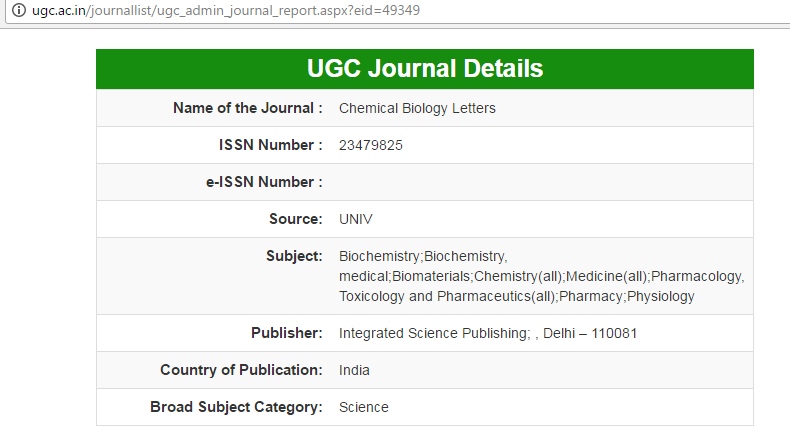 Chemical Biology Letters
Chemical Biology Letters 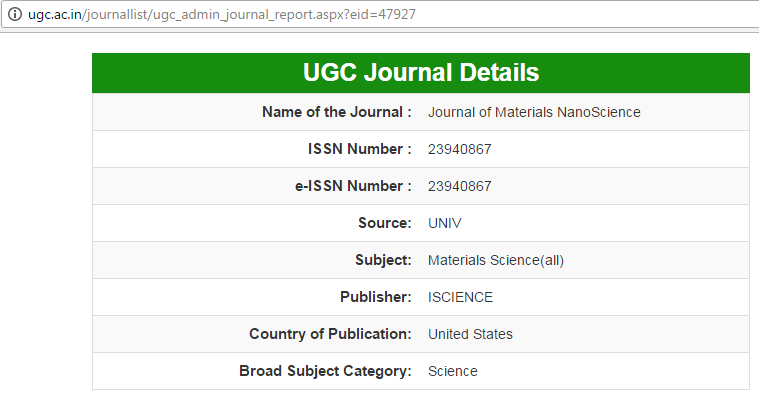 Journal of Materials NanoScience
Journal of Materials NanoScience  Journal of Biomedical and Therapeutic Sciences
Journal of Biomedical and Therapeutic Sciences 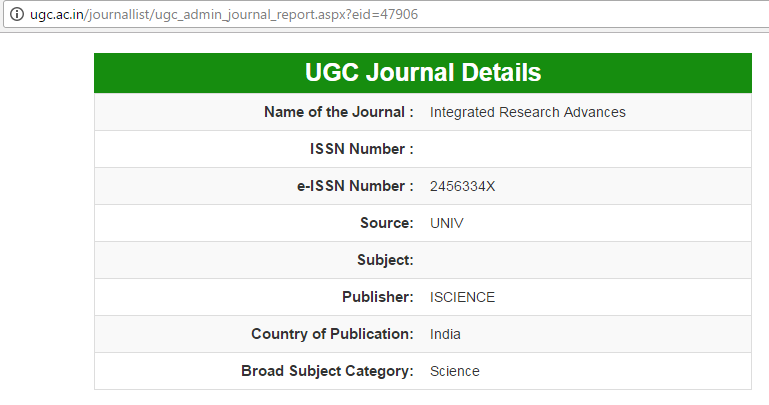 Integrated Research Advances
Integrated Research Advances 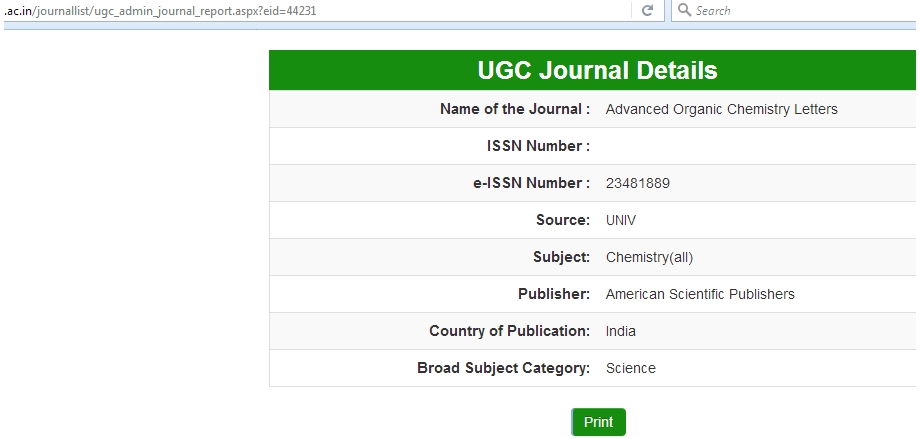 Advanced Organic Chemistry Letters
Advanced Organic Chemistry Letters 
 Chemical Biology Letters
Chemical Biology Letters 